
GPD Win 5 Rumours – What can we expect in the new handheld PC for gaming?
In our recent blog post, The Future of Mini Laptops and Handheld PCs for Gaming, we touched briefly on the growing anticipation surrounding the GPD Win 5 rumours, a device that many believe will redefine the landscape of handheld PCs for gaming. Since then, new developments have emerged, particularly with the announcement of GPD’s latest models, the GPD Duo and GPD Pocket 4, both of which will feature the powerful AMD Ryzen AI 9 HX 370 CPU.
These announcements have fueled further speculation about what we can expect from the GPD Win 5. In this article, we delve deeper into the potential features and performance enhancements that could make the Win 5 a game-changer in the handheld PC market, based on these latest revelations and the continued evolution of GPD’s innovative technology.
What to Expect from GPD Win 5
The GPD Win 5, though yet to be officially announced, is generating significant buzz as the next anticipated release in GPD’s lineup of handheld PCs for gaming. Following the success of its predecessor, the GPD Win 4, the Win 5 is expected to bring a range of advancements that cater to the needs of portable gaming enthusiasts.

The previous models in the series have consistently pushed the envelope in terms of performance and portability, and the Win 5 is likely to continue this trend. Early speculation points to the inclusion of cutting-edge hardware that could set a new benchmark for handheld gaming devices. This includes rumors of a high-performance AMD Ryzen AI 9 HX 370 processor, the processor used in GPD’s forthcoming Duo and Pocket 4 devices.
The AMD Ryzen AI 9 HX 370 processor is anticipated to be a game-changer for the GPD Win 5, particularly due to its hybrid architecture combining four Zen 5 CPU cores with eight Zen 5c cores. This configuration could offer performance levels equivalent to sixteen Zen 4 cores, making it a formidable choice for a gaming handheld. The integration of Radeon 890M graphics, based on the RDNA 3.5 architecture, promises to elevate the gaming experience by offering significant improvements in graphical capabilities. While official details are still under wraps, the Win 5 is expected to maintain GPD’s commitment to delivering a compact, portable design while incorporating these powerful components, thus setting new standards for handheld PC gaming.
Key Features of the AI 9 HX 370 CPU
The AMD Ryzen AI 9 HX 370 is poised to be a revolutionary component in mobile processing, offering a substantial leap in performance compared to previous generations. As a 12-core, 24-thread chip, it features a hybrid architecture that blends four high-performance Zen 5 cores with eight energy-efficient Zen 5c cores, capable of reaching speeds up to 5.1 GHz. This combination not only enhances multi-threaded tasks but also ensures that the CPU can handle demanding applications with ease, making it ideal for a device like the GPD Win 5. The chip also includes 24MB of L3 cache, which helps in reducing latency and improving data access speeds, crucial for gaming and multitasking.
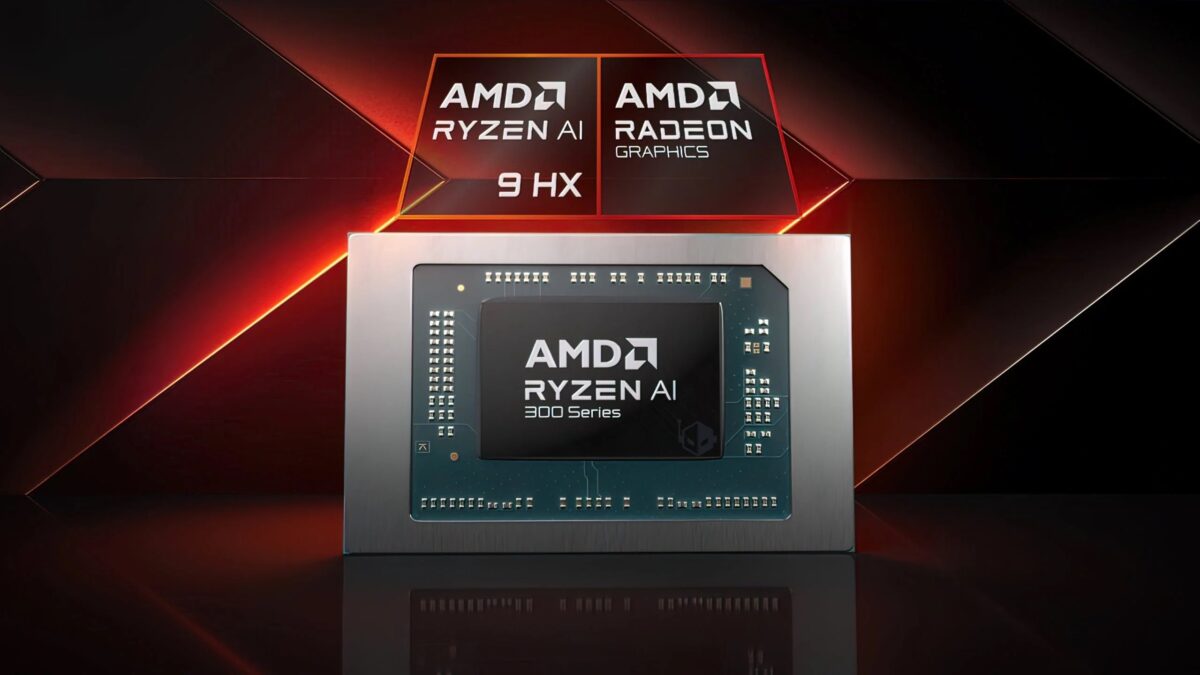
One of the standout features of the AI 9 HX 370 is its integrated Radeon 890M graphics, which is based on the advanced RDNA 3.5 architecture. This GPU is expected to deliver performance comparable to a laptop RTX 2050, which is a significant achievement for integrated graphics.
Early benchmarks indicate that the Radeon 890M offers a 40% improvement in performance over its predecessor, the Radeon 780M, with a Geekbench OpenCL score of 41,986. Additionally, the processor’s 45 TOPS NPU is designed to accelerate AI-driven tasks, which could enhance various gaming and productivity features on the GPD Win 5. Overall, the AI 9 HX 370 is expected to set new standards in mobile processing, making it a key selling point for the upcoming GPD Win 5.
Potential GPD Win 5 Improvements
Based on user feedback and evolving trends in the handheld gaming PC market, several potential improvements could be implemented in the GPD Win 5 to enhance its appeal. One of the most anticipated upgrades is a larger display, possibly in the 7-8 inch range, which would provide gamers with more screen real estate. This would likely be paired with thinner bezels, making the device more immersive while maintaining its compact form factor. Additionally, users are increasingly demanding a higher refresh rate, with many hoping for a 120Hz display that supports Variable Refresh Rate (VRR) technology. This feature would ensure smoother gameplay and reduce screen tearing, making it a significant upgrade over previous models.
We anticipate that the GPD Win 5 will include support for OCuLink, allowing seamless integration with the GPD G1 eGPU docking station. This would enable users to significantly boost the device’s graphical performance by connecting to an external GPU, making it an ideal solution for more demanding gaming and creative tasks. If OCuLink support isn’t included, it would take full advantage of USB 4 technology, ensuring compatibility with the GPD G1 eGPU via a high-speed connection. This flexibility would allow users to enhance their gaming experience by leveraging external GPU power, further solidifying the Win 5 as a versatile and powerful handheld gaming device.
Other potential improvements that have been suggested include better ergonomics, which could involve a slightly larger overall design to accommodate more comfortable grips. This would be particularly beneficial for extended gaming sessions. Hall Effect joysticks are also seen as a critical addition, offering long-lasting durability and eliminating drift, a common issue with traditional joysticks. Users have also expressed a desire for a removable battery, which would not only extend the device’s lifespan but also allow for easier replacements. Enhanced cooling is another area of interest, with suggestions for a vapor chamber design to improve thermal management and reduce fan noise. These enhancements, if implemented, could make the GPD Win 5 a highly competitive option in the handheld gaming market.
Performance Benchmarks
The AMD Ryzen AI 9 HX 370, expected to be the powerhouse behind the GPD Win 5, has already shown impressive results in early benchmarks, indicating substantial performance gains over its predecessors. In Geekbench 6, the AI 9 HX 370 demonstrated a 6.9% improvement in single-core performance and a 20.2% boost in multi-core performance compared to the Ryzen 9 8945HS. This is particularly noteworthy because the benchmarks were conducted in a power-efficient “silent” mode, suggesting that the processor could deliver even higher performance when running without power constraints. These gains are expected to translate into smoother gameplay, faster load times, and improved multitasking capabilities on the GPD Win 5.
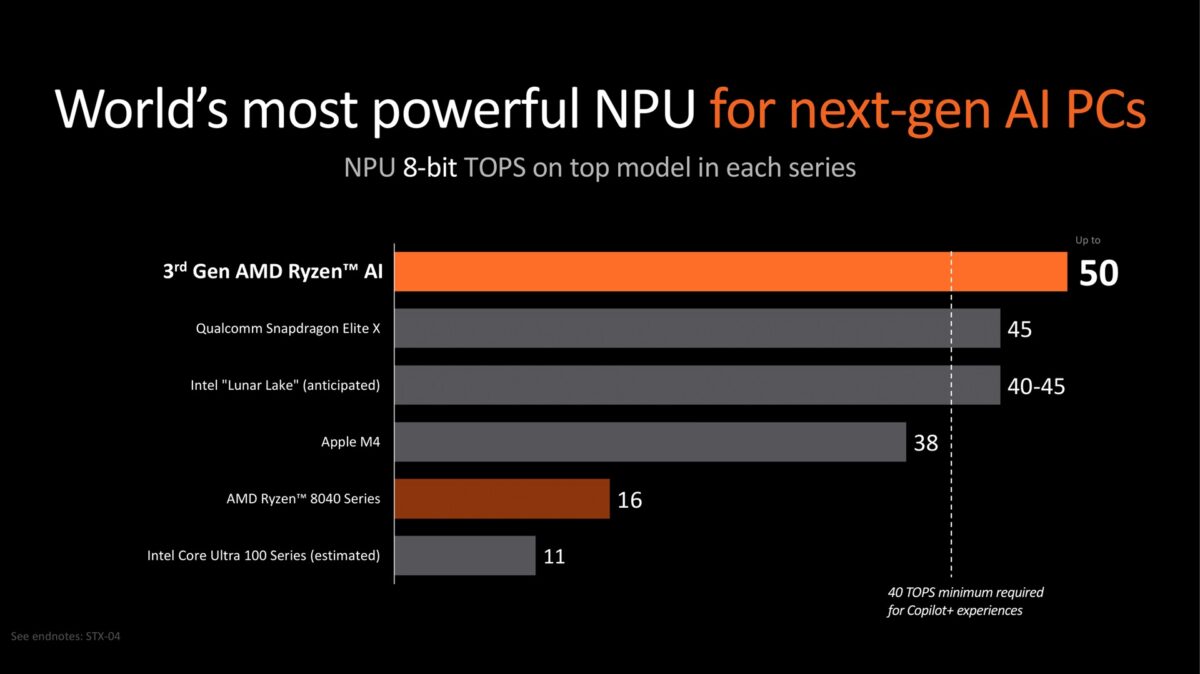
The integrated Radeon 890M GPU also stands out in the benchmarks, delivering a 39.3% improvement in Geekbench OpenCL scores over the Radeon 780M. This places the Radeon 890M’s performance on par with a laptop RTX 2050, a remarkable achievement for an integrated GPU. Such performance could enable the GPD Win 5 to handle more graphically demanding games at higher settings, offering an experience comparable to that of a gaming laptop, but in a much more portable form factor. These early benchmark results suggest that the GPD Win 5, if equipped with the Ryzen AI 9 HX 370, will offer a significant performance upgrade over previous models, making it a highly attractive option for gamers on the go.
Performance Comparison and Expectations
When comparing the expected performance of the GPD Win 5, powered by the AMD Ryzen AI 9 HX 370, to its predecessor, the GPD Win 4, the differences are striking. The AI 9 HX 370 offers a substantial increase in core and thread count, with 12 cores and 24 threads compared to the 8 cores and 16 threads of the Ryzen 7 8840U found in the GPD Win 4.
This increase, combined with the hybrid architecture of the AI 9 HX 370, is expected to deliver a 20-25% improvement in multi-core performance, which will be particularly beneficial for multitasking and running more demanding applications. The GPU performance is also expected to see a significant boost, with the Radeon 890M offering 30-40% more graphical power compared to the Radeon 780M.
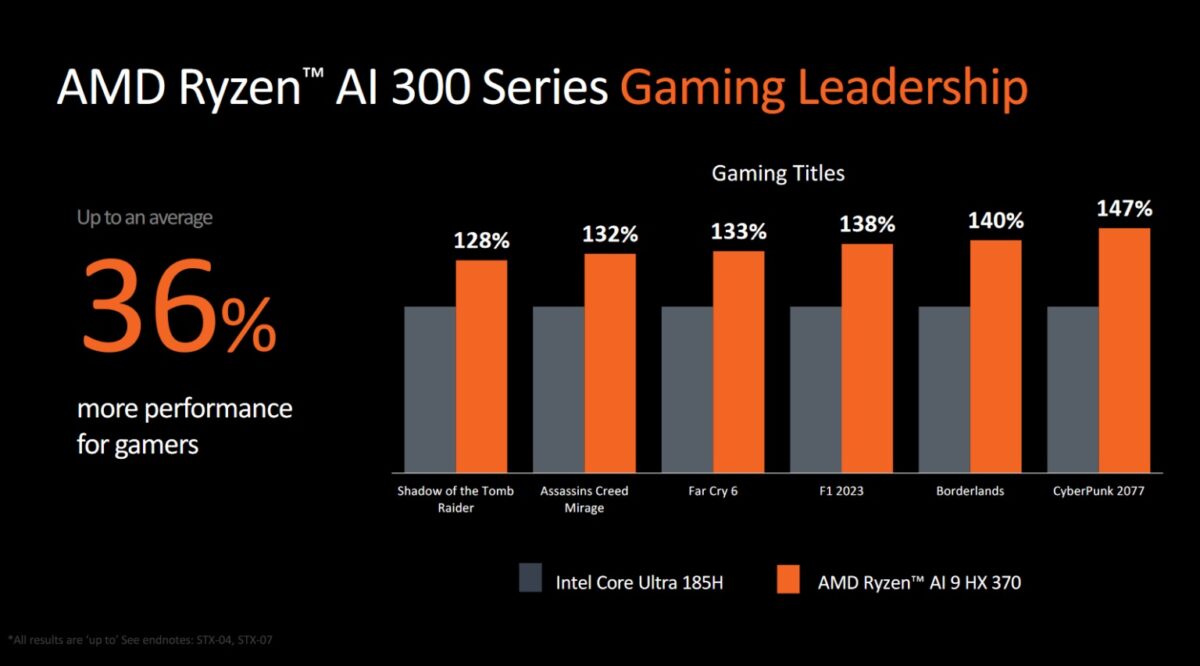
These performance gains are expected to meet the high expectations of users, particularly in areas such as gaming, emulation, and multitasking. Gamers are looking forward to smoother gameplay at higher settings in modern titles, with the expectation of achieving 60 FPS in games where the Win 4 struggled. The increased core count should also enhance the device’s multitasking capabilities, making it more versatile for users who want to switch between gaming and productivity tasks seamlessly. Additionally, the powerful NPU included in the AI 9 HX 370 is expected to bring AI-enhanced features, such as improved upscaling for games and advanced noise suppression for streaming, further enhancing the user experience on the GPD Win 5.
GPD Win 5 Pricing Expectations

The GPD Win 5 is expected to come with a price tag that reflects its advanced hardware, particularly the inclusion of the AMD Ryzen AI 9 HX 370 CPU. Industry analysts predict a price increase of approximately 5-10% compared to the GPD Win 4 2024, due to the more powerful processor and other potential upgrades. While GPD has introduced OLED technology in their recent GPD DUO model, it is unlikely that the Win 5 will feature an OLED display. Instead, GPD is expected to focus on enhancing the gaming experience through features like Variable Refresh Rate (VRR) and a 120Hz refresh rate, which would satisfy the demands of the gaming community while keeping costs manageable.
The pricing strategy for the GPD Win 5 will likely take into account several factors, including component costs, market positioning, and production scale. The high-end nature of the AMD Ryzen AI 9 HX 370 CPU will undoubtedly contribute to increased production costs, which GPD will need to balance against the need to remain competitive in the handheld PC for gaming market.
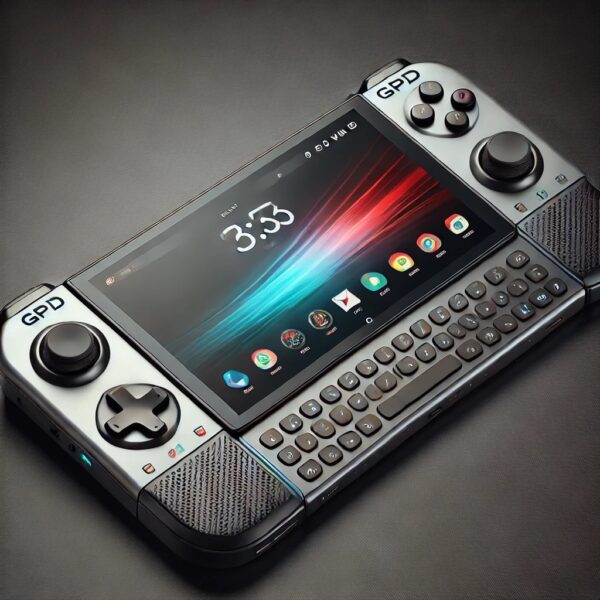
While the inclusion of advanced display technology like VRR and a 120Hz refresh rate will add to the overall cost, these features are essential for meeting the expectations of modern gamers. As production volumes increase, GPD may be able to offset some of these costs, potentially allowing for more competitive pricing. Final pricing will be confirmed closer to the launch, with possible special offers for early adopters through crowdfunding platforms like Indiegogo.
GPD Win 5 Release Timeline
The GPD Win 5 is one of the most anticipated devices in the handheld gaming PC community, with enthusiasts eagerly awaiting its release.
Updated text: We were a little early on our expected announcement dates as the GPD Duo and GPD Pocket 4 have since been officially announced. Our sources tell us that we should hear some news in early 2025, hopefully before Chinese New Year.
Original text: According to current expectations, the official announcement is likely to take place between August and September 2024. This will be followed by an Indiegogo campaign in September or October, allowing early adopters to secure their devices at potentially discounted prices. Delivery to backers is expected between October and November 2024, just in time for the holiday season, making the GPD Win 5 a highly sought-after gift for gamers.
Share Your Thoughts on the GPD Win 5 Rumors
As excitement builds around the potential features and capabilities of the GPD Win 5, we want to hear from you! What are your thoughts on the rumored specifications, such as the inclusion of the AMD Ryzen AI 9 HX 370 CPU, OCuLink support, or other possible enhancements? How do you think these features will impact the handheld PC for gaming market? Share your opinions, predictions, and any questions you have in the comments below. Your insights could spark further discussions and help shape the community’s expectations for this highly anticipated device!

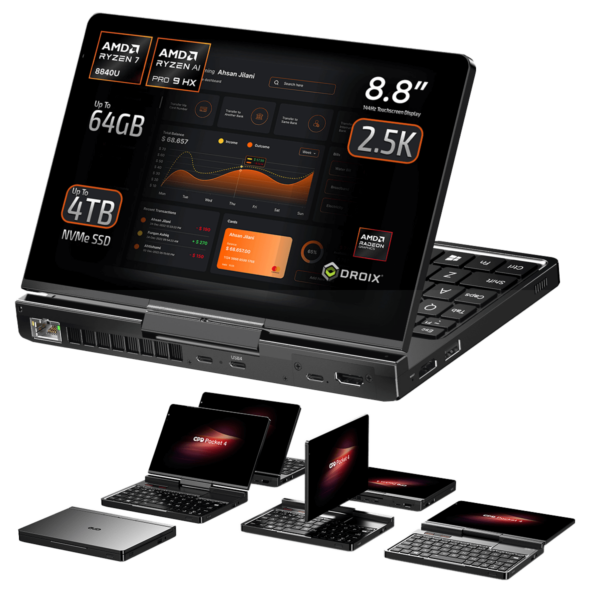





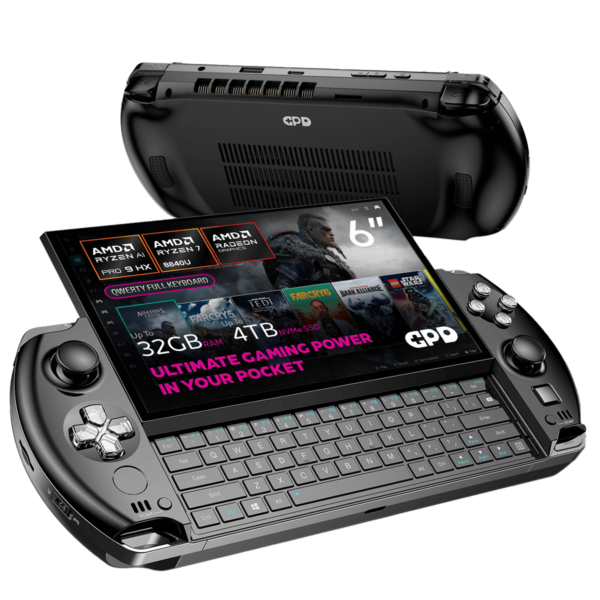
please have oculink in it. i going to buy one if it does.
It will not have OCuLink as far as we know. It is not really needed as its already quite a powerful device, faster than the GPD G1 for example.
Where to subscribe to support you in releasing Ryzen AI 385 chip handheld?
When it is due to be coming to indeagogo or kickstarter?
We have news that there will be a 385 CPU model as well. Keep an eye on our blog for details when pre-orders will be available as we will post about it there. In addition, on the bottom of the blog page at https://gpdstore.net/blog/ is a subscribe form for the newsletter.
保留WIN4設計, 電池, 手掣, 鍵盤改為可拆除模組, 可變成一片超薄卡片平板
插頭有雙type-c 4.0 & oculink 就足夠
感謝您的回饋!我們非常重視您對 WIN4 設計和模組化增強功能的建議。我們會將您的想法與製造商 GPD 分享,以便在未來的開發中加以考慮。
GDP! ADD OLED AND HALL EFFECT JOYSTICKS TO THE WIN 5 AND MY LIFE IS YOURS!
Hopefully!
please keep oculink and be able to upgrade memory and ssd to what we want please very excited to see what comes out.
We would expect OCuLink to be on the Win 5 as it is a gaming handheld. It would have the very least have USB 4 support so you could still connect an eGPU but you do lose a bit of performance.
‘A bit’, you say…more like roughly 50% with stutters and artifacts.
Oculink or bust, GPD. And upgrade the eGPU offerings to waterblocked versions of full-fledged desktop GPU’s, please.
It can depend on the setup, i.e. using internal or external display can affect the performance more than OCuLink vs USB4 only. But in our tests with OCuLink and USB on internal display there was as little as 10% difference.
please keep oculink and be able to upgrade memory and ssd to what we want please very excited to see what comes out.
That first AU image is awesome! Do that!
It is not a bad idea of what it could look like, but I think it will look quite a bit different.
That first AU image is awesome! Do that!
It would be great if they keep the slide screen, keyboard (maybe split for more ergonomic) and optical mouse. Add the ability to use a stylus pen.
We doubt that stylus will get supported, not for such a screen size. So far Win Max, Pocket & DUO lines got stylus support.
About sliding screen – yes with a high probability it will retain sliding screen, and optical mouse.
Larger screen + stylus ability 🙂
It would be great if they keep the slide screen, keyboard (maybe split for more ergonomic) and optical mouse. Add the ability to use a stylus pen.
We doubt that stylus will get supported, not for such a screen size. So far Win Max, Pocket & DUO lines got stylus support.
About sliding screen – yes with a high probability it will retain sliding screen, and optical mouse.
please keep oculink and be able to upgrade memory and ssd to what we want please very excited to see what comes out.
We would expect OCuLink to be on the Win 5 as it is a gaming handheld. It would have the very least have USB 4 support so you could still connect an eGPU but you do lose a bit of performance.
We would expect OCuLink to be on the Win 5 as it is a gaming handheld. It would have the very least have USB 4 support so you could still connect an eGPU but you do lose a bit of performance.
That first AU image is awesome! Do that!
It is not a bad idea of what it could look like, but I think it will look quite a bit different.
It is not a bad idea of what it could look like, but I think it will look quite a bit different.
It would be great if they keep the slide screen, keyboard (maybe split for more ergonomic) and optical mouse. Add the ability to use a stylus pen.
We doubt that stylus will get supported, not for such a screen size. So far Win Max, Pocket & DUO lines got stylus support.
About sliding screen – yes with a high probability it will retain sliding screen, and optical mouse.
please keep oculink and be able to upgrade memory and ssd to what we want please very excited to see what comes out.
Larger screen + stylus ability 🙂